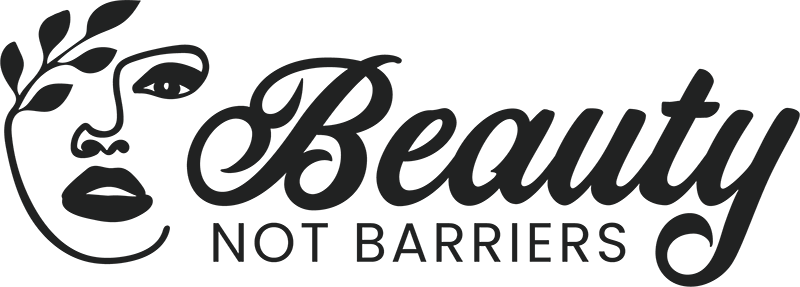Blow-dry stylists
It doesn’t make sense that Texas forces blow-dry stylists to spend 1,000 hours in a full-service cosmetology program to work, when they don’t cut or use chemicals.
The Texas legislature will soon consider allowing blow-dry styling (no chemicals or cutting) without the 1,000-hour license. Some states already allow this. This would create a lot of opportunity in the blow-dry space. Blow-dry salon owners and managers, stylists, and aspiring beauty pros – would this help you?
HELP US INCREASE OPPORTUNITIES FOR BLOW-DRY STYLISTS IN TEXAS.
We are the Institute for Justice, a nonprofit working to create opportunities in the beauty industry. Do you support getting rid of the requirement that blow-dry stylists first get 1,000 hours of expensive, full-service training before they can work? Please fill out the below form and we will contact you!
UN PROMEDIO DE
Los aspirantes a profesionales de la belleza invierten, en promedio, $16,000 para asistir a una escuela de cosmetología requerida por el estado. Además, después de gastar todo este dinero, muchos todavía tienen que recibir capacitación adicional porque su escuela no les enseñó lo que necesitaban aprender.
un promedio de
Los estudiantes a menudo se endeudan mucho con los préstamos estudiantiles para pagar la escuela. Sin embargo, los programas rara vez permiten que los estudiantes se gradúen a tiempo, lo que retrasa o incluso bloquea la entrada de los aspirantes a profesionales de la belleza en el mercado laboral y aumenta la carga de su deuda.
IN TEXAS
Texas requires 1,000 hours of cosmetology school – even if an artist only wants to blow-dry style hair, or if a salon owner wants to hire someone to provide these limited services.
No est justo that beauty professionals face steeper and more costly licensing requirements than many other fields.
Educación
Chefs prepare food that is ingested by customers and aren’t required to get a license or go to school. They take a short, simple sanitation course, and the restaurant is subject to inspections. It’s up to the chef whether they want to go to culinary school.
Tiempo
In Texas, EMTs – who administer life-saving aid – have to get 150 hours of training to get a license to work. Compare that to 1,000 hours to style hair.
Regulaciones
Los entrenadores personales no están obligados a tener una licencia. Podría decirse que tatuar es más arriesgado e invasivo que lo que hacen los cosmetólogos, pero algunos estados permiten que los artistas trabajen después de haber recibido unas pocas horas de capacitación sobre patógenos transmitidos por la sangre y enfermedades contagiosas.
Unlike hair stylists, those in other industries are allowed to start learning and earning on the job from day one. For example, chefs don’t need to get a license. They can choose to go to culinary school if they want, and the restaurants they work in are inspected to ensure health and safety are being maintained.
Why don’t hair artists get the same freedom to style their own careers?
Beauty, Not Barriers is an initiative of the nonprofit institute for justice, dedicated to uplifting the beauty industry by breaking down barriers that force far too many beauty artists into debt, out of work, or unable to hire.
Beauty professionals deserve flexibility and options, like so many other occupations enjoy—not a one-size-fits-all approach that demands 1,000 hours of expensive, traditional training, regardless of one’s interests, goals, or background.
Los profesionales de la belleza merecen más opciones y flexibilidad.
Not everyone wants to use chemicals or engage in all the cosmetology skills: some beauty professionals only want to provide narrow services, and some employers want to hire beauty professionals who will provide limited services. Why should they be forced to first pay for 1,000 hours to get a full-service license?
Más información
Institute for Justice es una organización sin fines de lucro que trabaja junto con profesionales de la belleza y otros trabajadores en todo el país para cambiar las leyes que hacen que les sea difícil ganarse la vida. A menudo, las leyes estatales exigen demasiado para trabajar en una profesión, como una capacitación costosa que suele enseñar cosas que no son necesarias.


